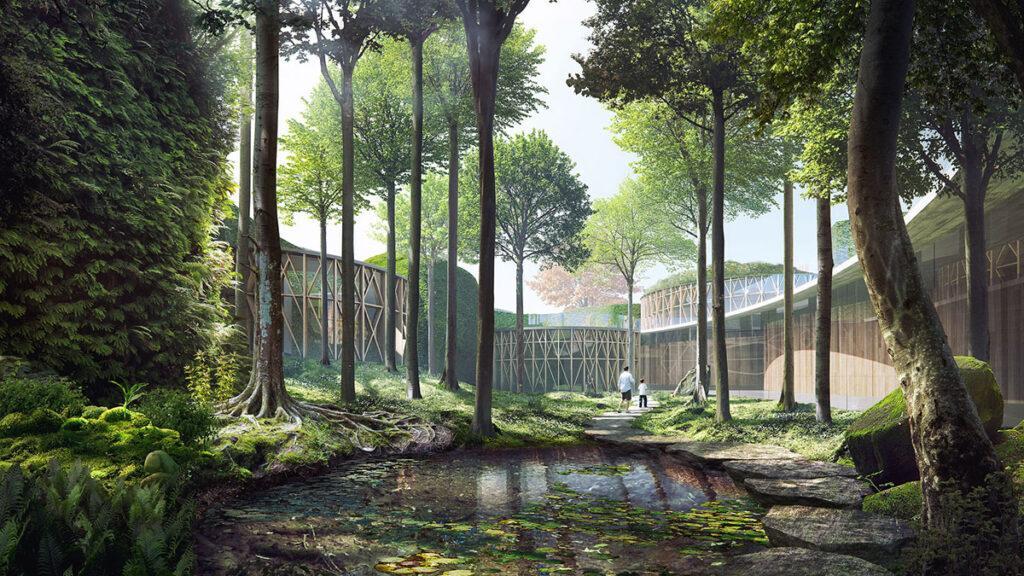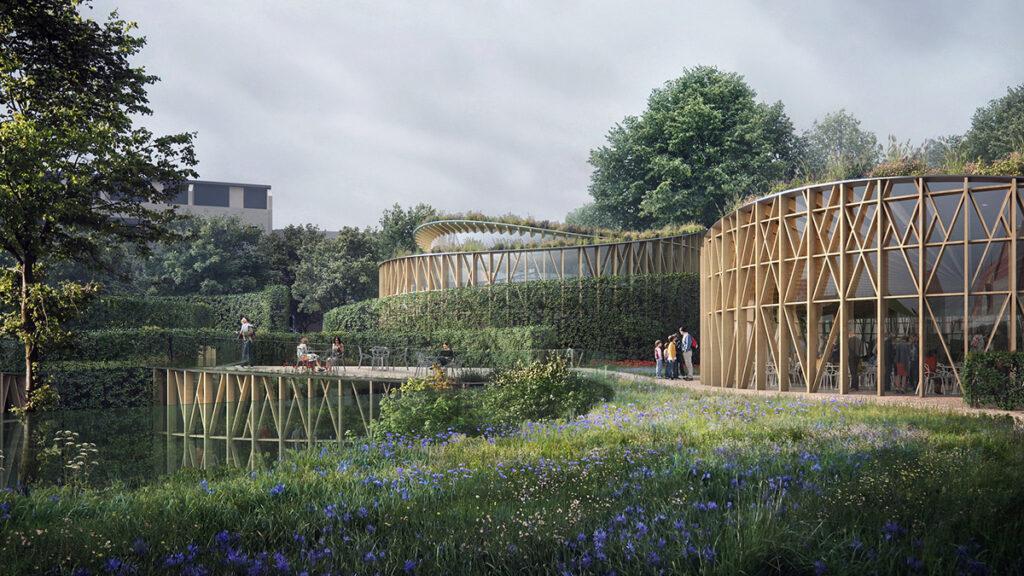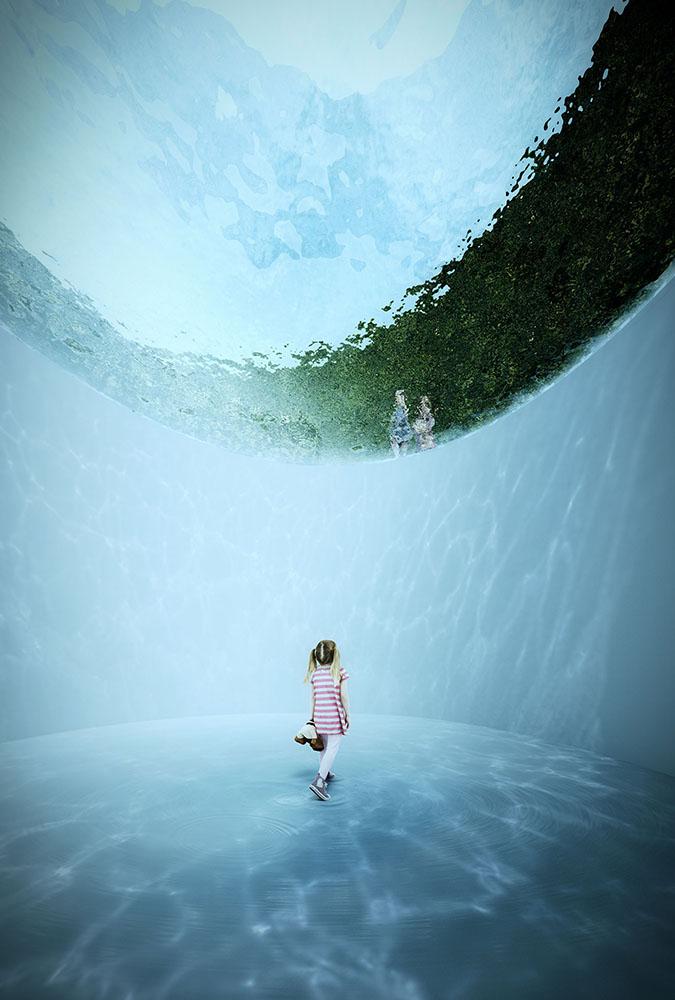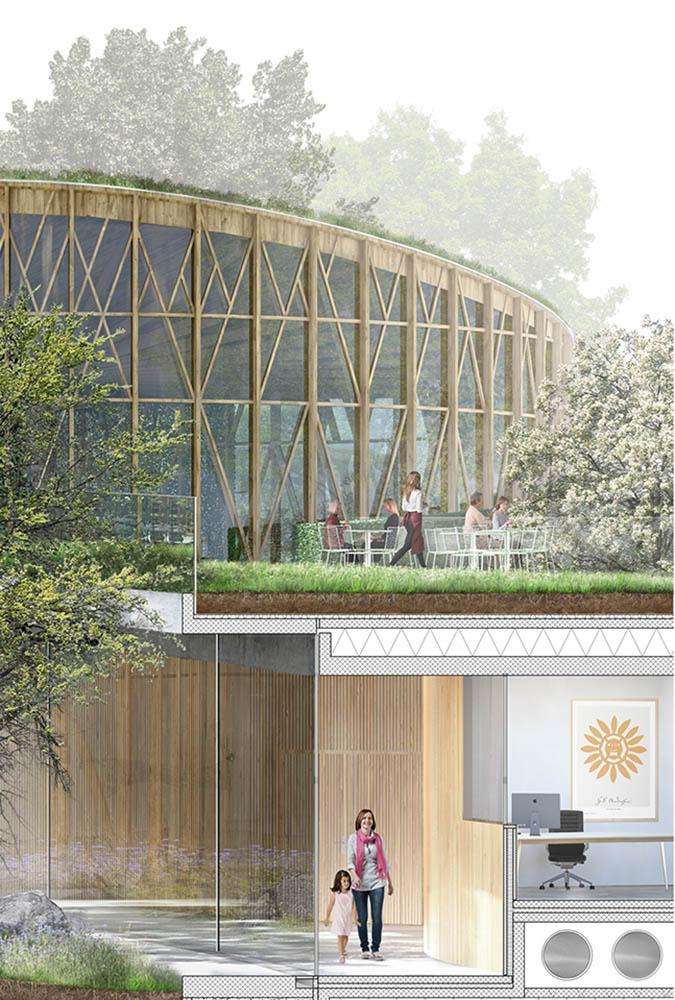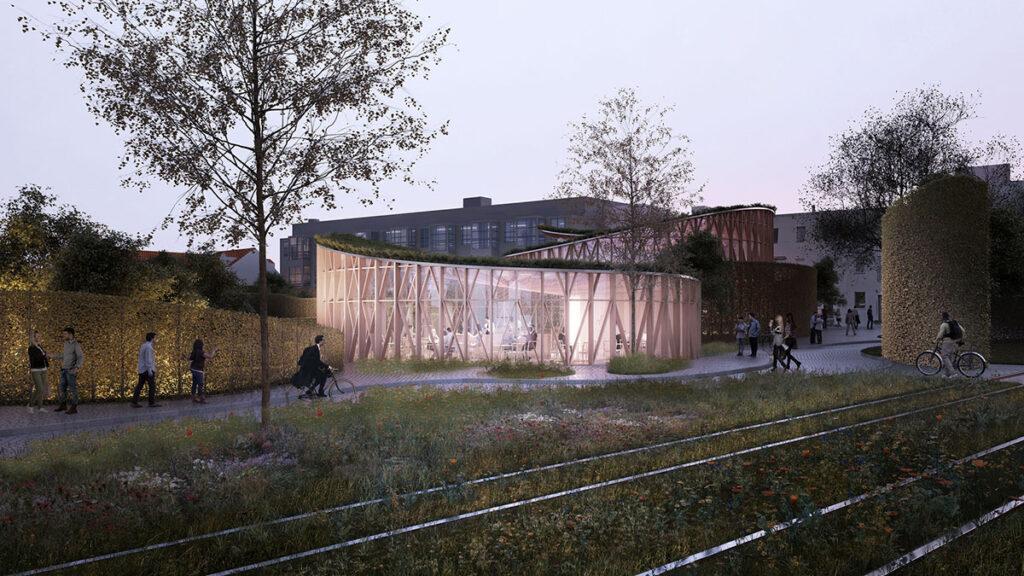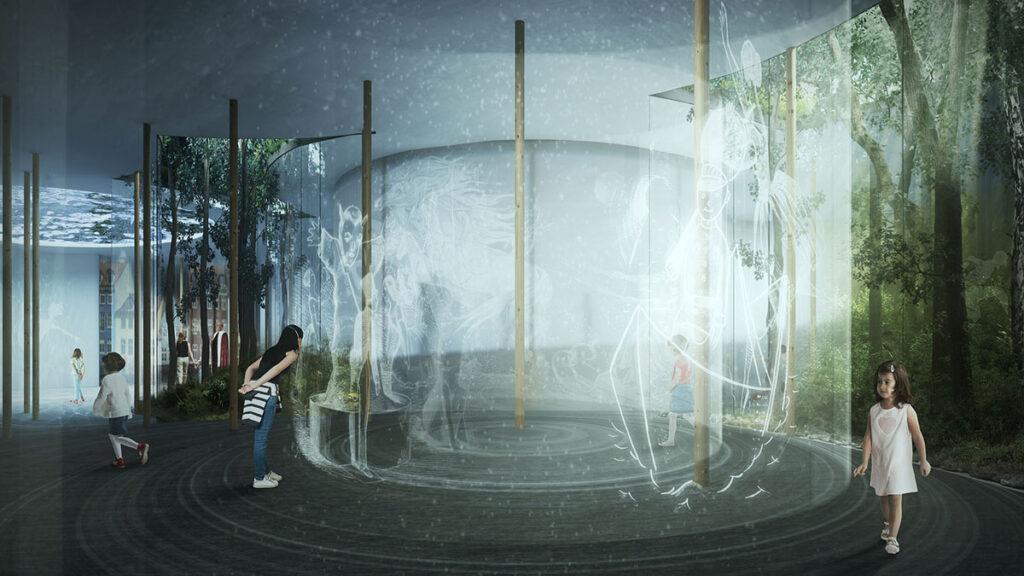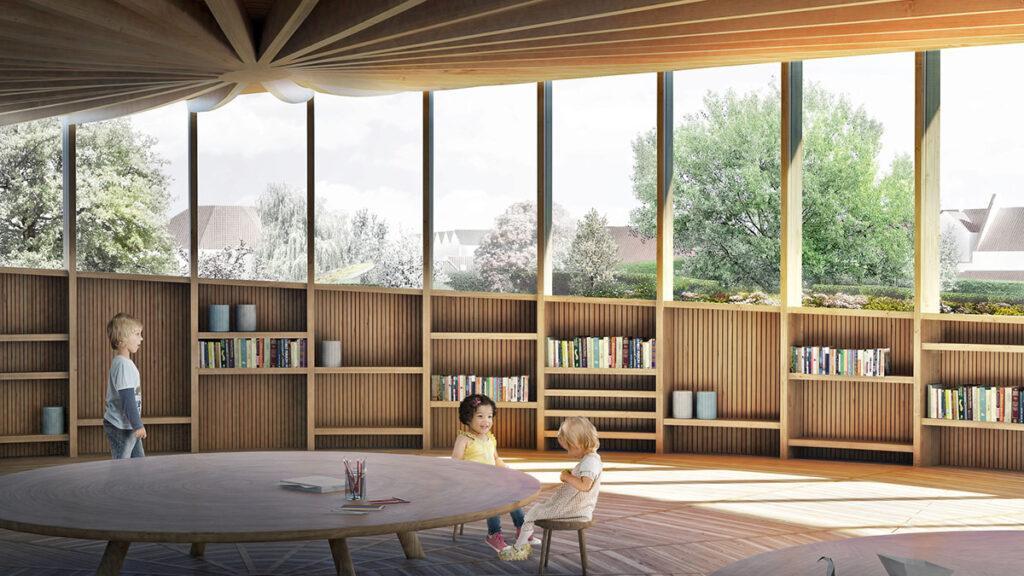When fairy tales come true
Even though Hans Christian Andersen died long ago, his fairy tales continue to delight new generations. His Danish homeland has paid homage to him by building a stunning museum.
Once upon a time there lived a soldier. He had just returned from the war when he met an old witch sitting at the side of the path. “Good day,” said the soldier pleasantly. “Good day,” replied the witch. Asking him to stop, she explained that her grandmother had once lost a tinderbox inside a hollow tree, and now she was looking for it. The witch said that if he managed to find the box for her, she would reward him with riches. And so it came about that the soldier discovered a treasure chamber beneath the hollow tree. Grabbing as much gold as he could carry, he returned to the outside world. The result? He was not just rich, but also greedy for more.
To summarize the remainder of the story: instead of handing over the tinderbox to the witch and keeping the gold, he lopped off her head. What’s more, he used the magical powers of the tinderbox to marry the Princess. And he also murdered the King and Queen, and thus became King himself.
Fascinating fairy-tale worlds
It’s true, Hans Christian Andersen’s fairy tales are rather brutal. They are definitely less romantic than those of the Brothers Grimm. But the famous Danish author takes his readers into worlds that are all the more fascinating. Memories of him and his fairy tales already live on in many different ways, especially in the storyteller’s homeland. Still, last summer Denmark paid even greater homage to its famous son when an especially spectacular monument opened in Odense: the Hans Christian Andersen museum. It was designed by a star of today’s world, iconic architect Kengo Kuma.
For the design of this special building, Kuma looked to Andersen’s writings for inspiration. Specifically “The Tinderbox”, which takes its protagonist down to an underground world full of earthly treasures. “The idea behind the architectural design resembled Andersen’s method, where a small world suddenly expands to a bigger universe,” Kuma explains.
Hans Christian Andersen underground
When you take a look at the museum, you can see what Kengo Kuma means. With a total floor area of roughly 60,200 sq. ft (5,600 m²), a substantial part of the museum is found underground. It was clearly inspired by the large hall found inside the hollow tree by the soldier in Andersen’s fairy tale.
Visitors to the museum find their own subterranean treasure chamber – and in this case, the treasure is the author’s life. “To spatialize the experience of Andersen’s literary universe, we want to stage a complete artistic experience,” says Kuma. Head of Odense City Museums Torben Grøngaard Jeppesen adds: “The project team had to dive into Andersen’s fairy tales as the very first thing, because they are what everyone knows.” However, the idea is not to retell the stories, “but rather to communicate their familiarity and inspire further reading of Andersen”.
Creating new encounters
This will be achieved via a sophisticated interplay of architecture, sound, lighting effects and other visual images. The official website claims: “We will constantly create new encounters between each visitor and Andersen’s fairy tales.” They have set the bar very high: the new museum is one of Denmark’s largest and more ambitious museum projects in recent years. It was made possible by the A.P. Møller Foundation and donations from Nordea-fonden, The Augustinus Foundation, Knud Højgaards Fond and the City of Odense.
The most ambitious project of its kind
As far as the many financial backers and institutions involved are concerned, the project will bring prestige, fame and glory. And so the project team has announced the use of “a wide array of state-of-the-art technologies and approaches to set design, which will all add to the experience of Andersen’s magical universe coming to life.” They emphasize: “The museum will provide a unique artistic experience, which combines landscape, architecture and modern exhibition design.”
Incidentally, if you take a look at the elements of the building that are above ground, another of Hans Christian Andersen’s famous stories immediately springs to mind: “The Little Match Girl”. Especially as one of the main eye-catchers in the new museum is its impressive timber construction. It is of particular interest to Austrians as this section was the responsibility of their domestic timber construction specialists, Wiehag.
Fairy-tale commission for Austria
“It is a very special honour for us to implement this project by the world-famous star architect Kengo Kuma,” remarked Wiehag managing director Erich Wiesner. As the design makes reference to Odense’s historic half-timbered houses, the wood became significant for the construction of the museum.
Expansive, magical gardens surround the timber façade, taking visitors into a different fairy-tale world above the sunken Andersen lands. This is just one way in which the museum aims to offer new perspectives on one of the most beloved and creative thinkers in world history.
Kuma believes that stories told in the new building must be experienced and perceived in the gardens and physical spaces. His website reads: “There are profound messages in HC Andersen’s writing that reflects the author’s life and his life time journey. Andersen’s work projects the duality of the opposite that surrounds us; real and imaginary, nature and manmade, human and animal, light and dark… Our architectural design is to reflect this essence of his work in architectural and landscape form.”
An important message
And the museum’s creative director Henrik Lübker adds: “Hans Christian Andersen’s artistic universe is fantastic, because it reverses how you imagine this world you thought you knew, but without putting anything else in its place. His fairy tales do not point towards a universal truth, but rather into the open – towards the peculiarity and multiplicity of the world. In the new museum, we maintain this ambiguity by using Andersen’s own artistic strategies as the starting point for how the garden, the house and the exhibition have all been shaped, as well as for the many artistic contributions that will also be part of the museum.”
Last summer, the fairy-tale world created by this famous author entered our reality. Nevertheless, the imaginative, colourful pictures appearing in our minds when we read Hans Christian Andersen’s fairy tales cannot be erased. They are simply enhanced by Kengo Kuma and his team.
Text: Johannes Stühlinger
Translation: Rosemary Bridger-Lippe
Images: Kengo Kuma
